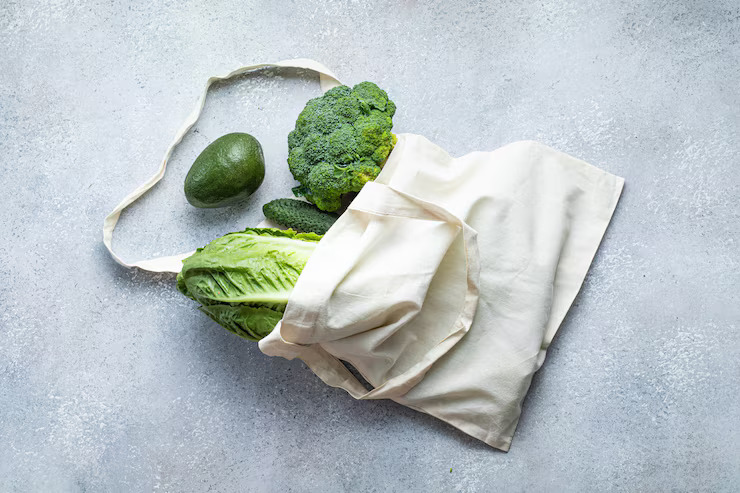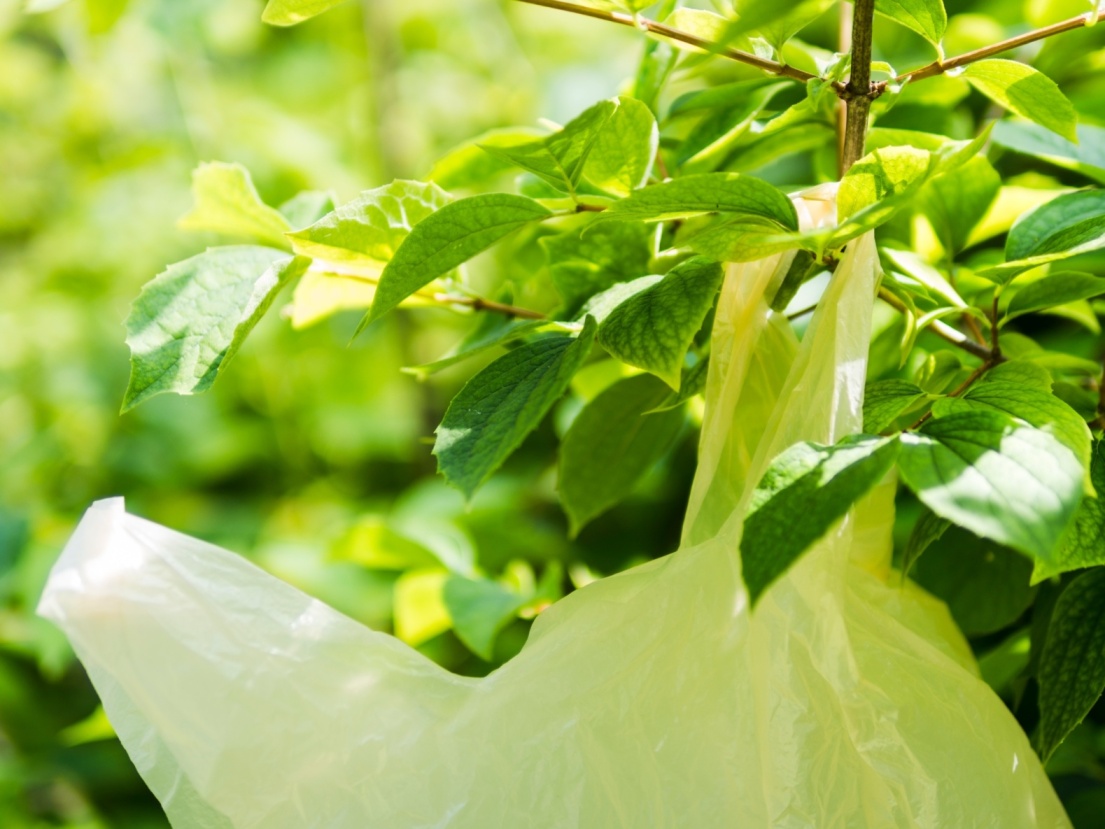From Supermarkets to Homes: The Journey of Biodegradable Grocery Bags

Strong 8k brings an ultra-HD IPTV experience to your living room and your pocket.
In recent years, the shift towards biodegradable grocery bags has become more than just a trend—it’s a movement. As more people become aware of the environmental damage caused by single-use plastics, businesses and consumers alike are turning to sustainable solutions for daily needs. One such solution is the use of biodegradable bags, which are now a common sight in supermarkets, local shops, and homes.
These eco-friendly grocery shopping bags not only reduce waste but also make a powerful statement about responsibility and conscious living. But have you ever wondered what journey these bags take before they reach your home? Let’s explore the lifecycle of biodegradable grocery bags, from their creation to their final, earth-friendly return.
1. What Are Biodegradable Grocery Bags Made Of?
Unlike regular plastic bags that can linger in landfills and oceans for hundreds of years, biodegradable grocery bags are made from materials that naturally break down over time. These materials include cornstarch, cassava, sugarcane, and other plant-based polymers. Some may also include biodegradable additives that help them decompose faster when exposed to moisture and air.
The key difference lies in their ability to decompose into natural elements like water, carbon dioxide, and biomass—without leaving behind microplastics.
2. Manufacturing the Eco-Friendly Way
The manufacturing process of biodegradable bags begins in specially equipped facilities that use renewable energy wherever possible. Plant-based raw materials are processed into biodegradable polymers, shaped into sheets, and cut into various bag forms.
These facilities also often produce other sustainable alternatives like biodegradable pouches used for food, groceries, and small items. These pouches are gaining popularity in retail and packaging because they combine strength with sustainability.
While the initial cost of producing biodegradable bags may be slightly higher than conventional plastics, the long-term benefits for the environment and community outweigh the expense.
3. Distribution: Reaching Supermarkets and Local Stores
Once produced, biodegradable grocery bags are distributed to supermarkets, organic stores, farmers’ markets, and e-commerce packaging suppliers. Businesses are increasingly choosing to stock biodegradable options as customers actively seek greener alternatives.
For many retailers, offering grocery shopping bags made from eco-safe materials aligns with their branding and customer expectations. Shoppers are now more inclined to purchase from businesses that demonstrate care for the planet—and the choice of packaging plays a big role in that perception.
4. In the Hands of the Consumer
At the checkout counter or through home delivery, the journey continues as biodegradable bags reach the hands of the end user. These bags carry your groceries, vegetables, and daily essentials—just like plastic, but without the environmental burden.
Consumers are also becoming more mindful of how they use and dispose of these bags. Whether it’s using them multiple times, storing them for reuse, or composting them properly, the conscious effort to reduce waste is growing stronger every day.
5. Proper Use and Disposal
It’s important to understand that biodegradable grocery bags need the right conditions to break down effectively. Unlike conventional plastic, which simply accumulates over time, these bags can be:
Composted in home or industrial composting systems.
Used as trash liners for wet or organic waste to reduce bin mess.
Reused for light storage, packing, or daily errands.
However, improper disposal—like throwing them into regular plastic bins—can hinder their environmental benefits. For maximum impact, disposal should match the bag’s composting instructions.
6. The Return to Nature
The final and most beautiful part of the journey is the return to the earth. When disposed of correctly, biodegradable bags break down within weeks or months, depending on the conditions. They leave no harmful residue, helping restore the natural balance and reduce the burden on landfills.
This cycle—from supermarkets to homes, and back to the soil—reflects how small lifestyle changes can contribute to a larger environmental solution.
7. Biodegradable Pouches: The Future of Packaging
While biodegradable bags are leading the way in sustainable grocery shopping, biodegradable pouches are also gaining traction in the packaging industry. From snacks to spices and organic products, brands are shifting to eco-friendly pouches that look great and do good.
These pouches offer durability, sealing options, and branding flexibility, while aligning with green values. Their journey mirrors that of grocery bags—created responsibly, used practically, and returned to nature without harm.
Final Thoughts
The journey of biodegradable grocery bags is a reflection of modern-day eco-consciousness. From their plant-based beginnings to their role in homes and their return to the soil, these bags represent a full circle of sustainability. Paired with consumer education and responsible disposal, they hold the power to reduce plastic waste and promote a greener future.
By choosing biodegradable options—whether it’s grocery shopping bags or biodegradable pouches—we take small but meaningful steps toward a cleaner planet. And it all begins with a single bag.
Note: IndiBlogHub features both user-submitted and editorial content. We do not verify third-party contributions. Read our Disclaimer and Privacy Policyfor details.







